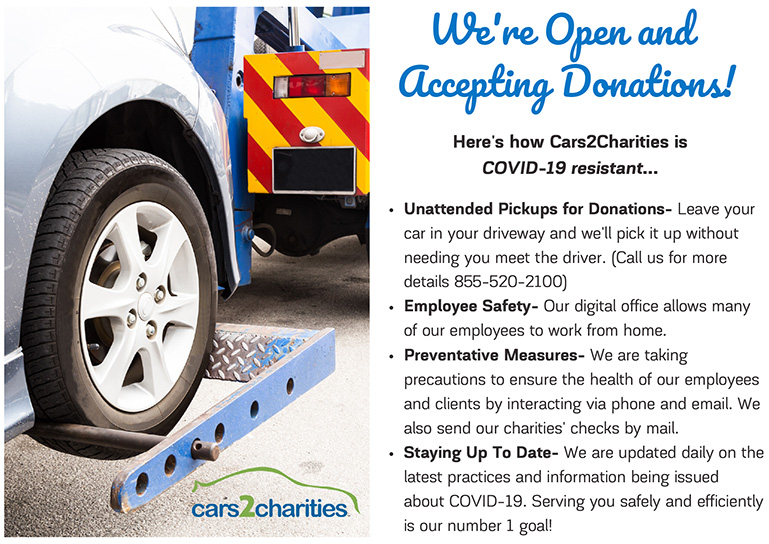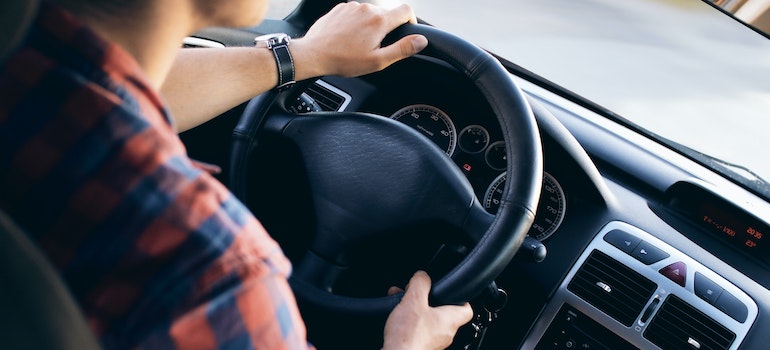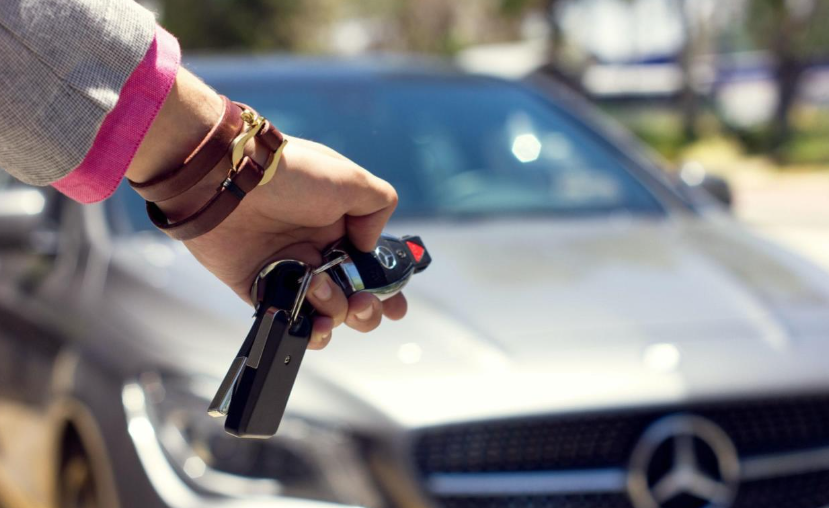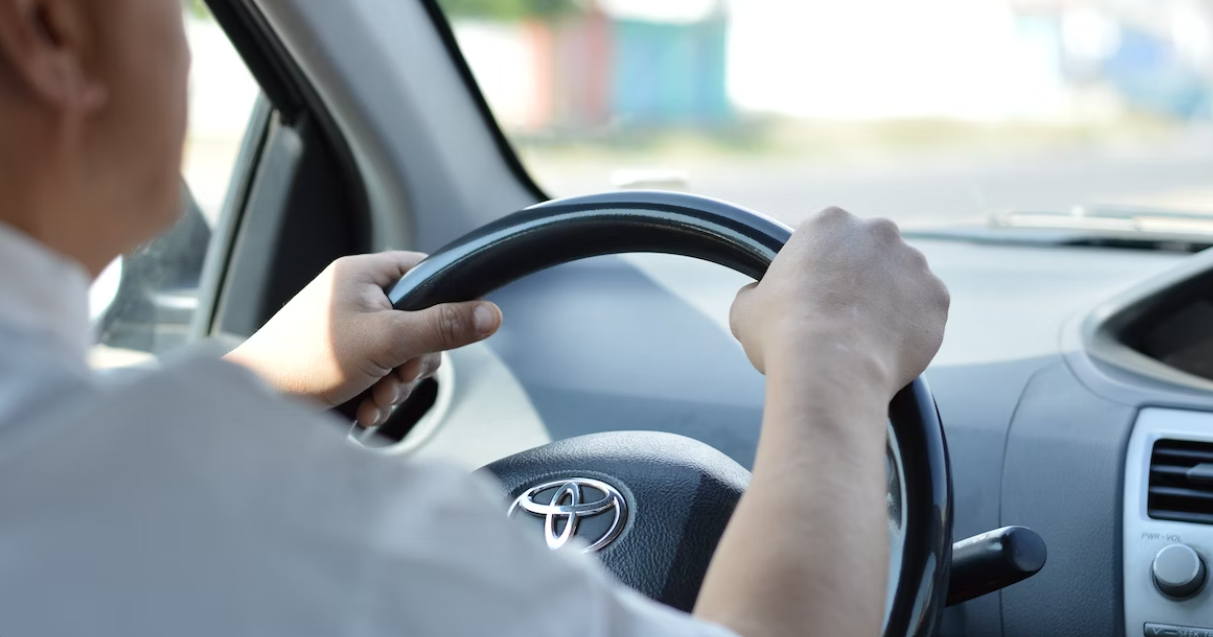Driving Change: The Environmental Benefits of Car Donation

As our world grapples with the increasing concerns of environmental sustainability, individuals are seeking innovative ways to reduce their carbon footprint and make a positive impact. One such solution that often goes overlooked is car donation. Beyond the act of giving to charity, donating your car can have significant environmental benefits. In this blog post, we'll explore how car donation contributes to a greener planet and why it's a choice that not only benefits charitable organizations but also Mother Earth.












